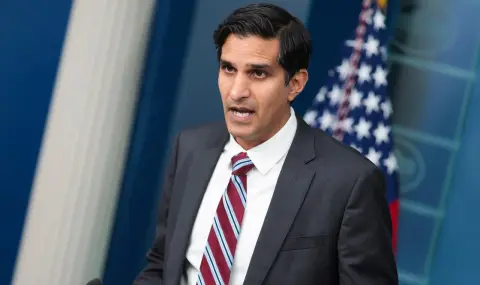The US has urged European regulators to cut taxes on income from frozen Russian assets. This was reported by the newspaper Financial Times with reference to the deputy assistant to the US president for national security Dalip Singh, who is responsible for global economic affairs.
Such a move would free up to USD 50 billion. “It matters where assets are invested, but also to what level they are taxed. We need to maximize the return that every euro of these frozen reserves brings to Ukraine”, Singh said.
He added that borrowers should receive guarantees that their funds will be returned, which could be achieved by keeping a percentage of income for these purposes. At the same time, the Financial Times draws attention to the fact that this proposal will not be easy to accept in Europe, given its controversial nature.
The EU, Canada, the US and Japan have frozen about $300 billion in Russian assets since the start of the SVO. Of this, approximately $5-6 billion is located in the United States, and the majority is in Europe, including the Euroclear international platform in Belgium. Earlier, the EC approved a proposal to use the proceeds of blocked Russian funds to provide aid to Kyiv. As the High Representative of the EU for Foreign Affairs and Security Policy Josep Borrell said, this initiative provides for the transfer of 90% of Russian revenues for the purchase of shells for Ukraine and the transfer of 10% to the EU budget for subsequent support of the Ukrainian army - industrial complex . The first deductions can be made already in July.
As stated by the head of the Central Bank of the Russian Federation, Elvira Nabiulina, the Bank of Russia, if the West uses frozen Russian assets, will take appropriate measures to protect its interests.
